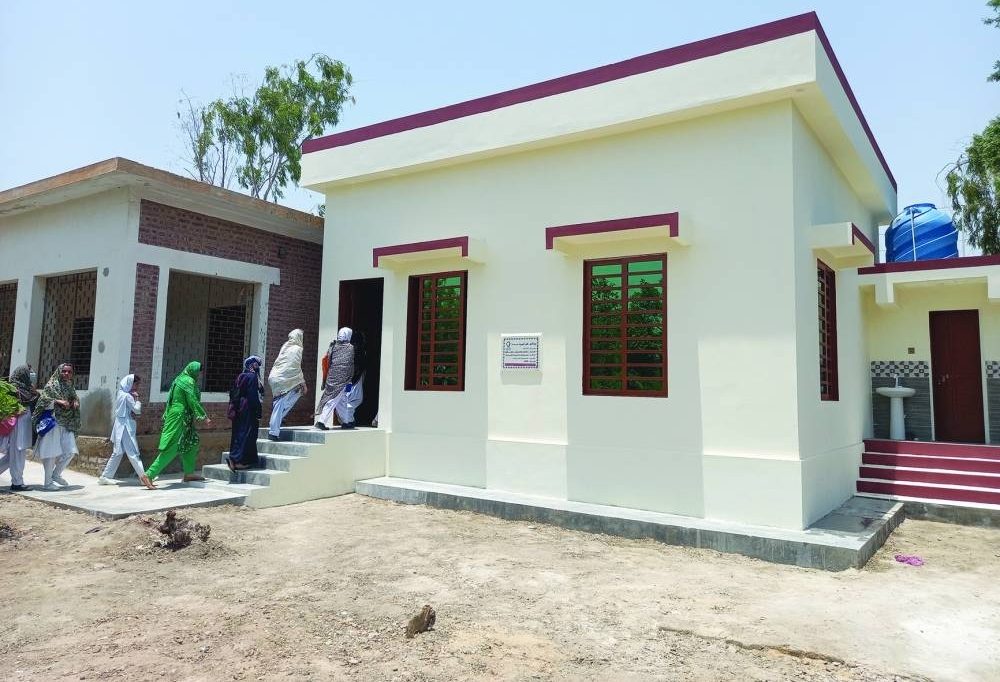While enrolment and retention rates are improving, progress in improving education indicators in Pakistan has been slow, according to UNICEF.
Qatar Charity has completed the construction of two advanced classrooms in government-run schools located in the Punjab and Sindh provinces, as part of efforts to bolster Pakistan’s education sector.
In Punjab’s Jang district, QC constructed a model classroom in a local public school, generously equipped with new furniture including student chairs, a teacher’s desk, a board, and modern information technology equipment.
Notably, the school also received sanitary facilities, such as fully equipped restrooms, hand-washing units, and drinking water installations, enhancing the learning environment for students.
Similarly, QC’s initiatives reached the Sinjar region in Sindh, where another model classroom was installed at the government secondary school for girls.
The classroom was furnished with essential technological equipment and various amenities, including a bathroom, hand-washing basins, and a water tank, fulfilling the school’s sanitation and hygiene requirements.
Nisreen Abdullah, Jang’s deputy education officer, lauded QC’s initiatives in the educational field.
“The resources provided by QC in remote areas of Jang are superior to those offered by local private schools,” said Abdullah.
Shaheen Gujjar, the principal of the Government Girls’ Secondary School in Sindh, also expressed her gratitude towards QC, stating: “The school is now equipped with facilities adhering to international standards, providing our students with a conducive learning environment.”
Ninth-grade student Noureen Fatima expressed her excitement about the improvements.
“With the lack of infrastructure in our school, many parents hesitated to send their daughters here. Now, thanks to Qatar Charity, we can study under the best possible conditions,” she said.
Education in Pakistan
Pakistan faces a significant challenge in ensuring that all children, especially the most disadvantaged, attend, stay, and learn in school. While enrollment and retention rates are improving, progress in improving education indicators in Pakistan has been slow, according to UNICEF.
Pakistan currently has the world’s second-highest rate of out-of-school children (OOSC), with an estimated 22.8 million children aged 5-16 not attending school, accounting for 44 percent of the total population in this age group.
Five million children aged 5 to 9 are not enrolled in school, and the number of OOSC more than doubles after primary school, with 11.4 million adolescents aged 10 to 14 not receiving formal education.
Gender, socioeconomic status, and geography-based disparities are significant; in Sindh, 52% of the poorest children (58% girls) are not in school, while 78% of girls are not in school in Balochistan.







